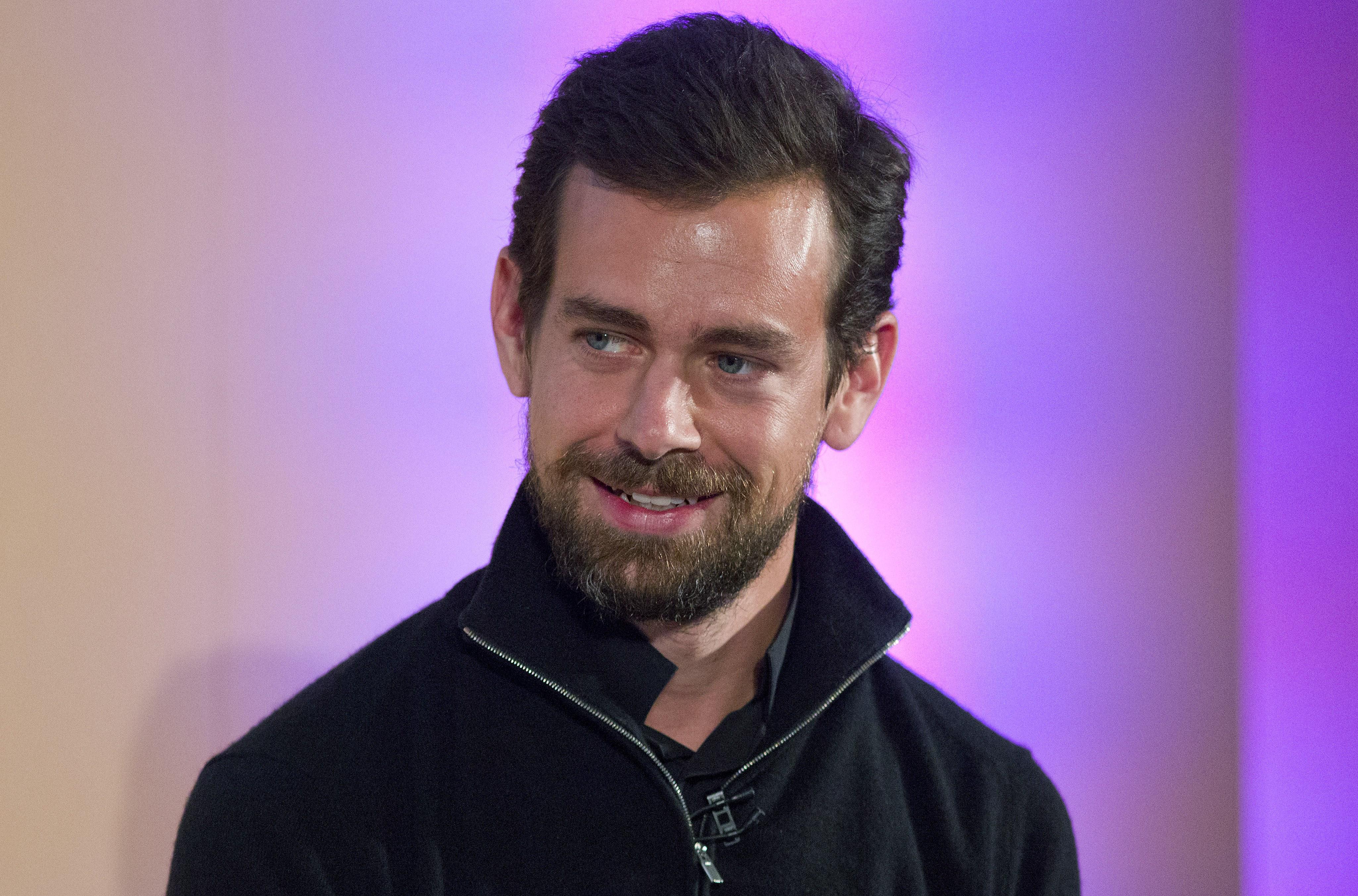Less than a month after taking the tiller as interim CEO, Twitter co-founder Jack Dorsey is charting a new course.
The famous Twitter timeline, in which tweets from everyone you follow are displayed in reverse chronological order, is no longer getting the job done, Dorsey said on an earnings call with investors Tuesday evening. And tweaks intended to help the company reach a broader user base, like instant timelines and a new home page for casual visitors, have failed. As a result, Twitter’s growth has been “unacceptable,” said Dorsey, who could be seen wearing a gray hoodie and a generous beard as he live-streamed the earnings call on Periscope.
Those tweaks, it’s worth noting, were implemented by his well-liked but cautious predecessor, Dick Costolo, before he was pushed out last month.
What’s needed, Dorsey said, is a broader overhaul of the Twitter product to make it more accessible to the majority of Internet users who don’t regularly log in. He called for a “questioning of our fundamentals,” including the reverse-chronological timeline, in order to “balance recency with relevance.”
For those who don’t speak social media, that’s code for “we need to get more like Facebook.” Whereas Twitter’s timeline ranks tweets by recency, Facebook’s News Feed ranks posts by relevance, as determined by complex algorithms that adapt to each user’s behavior and preferences. Twitter has been experimenting with similar software, which it now uses to show you a series of older tweets when you log in, under the heading “While You Were Away.” Expect to see more of that in the future, as Dorsey sang the feature’s praises multiple times on Tuesday’s call. “I’m definitely seeing a lot more value at the top of my stream,” he said.
Another forthcoming feature, code-named “Project Lightning,” will employ human editors to collect top tweets about trending news topics and live events as they unfold. Dorsey endorsed that as well, adding that he expects to release it this fall. But he suggested “While You Were Away” and Project Lightning are only the first steps toward an eventual shift away from reverse chronology. “There’s a lot more to do there,” Dorsey said.
From a business perspective, the Dorsey-led earnings call amounted to a blast of #realtalk from a company that under Costolo was at pains to reassure investors it was on the right path. Dorsey repeatedly said he was “not happy” with the company’s direction. Anthony Noto, the company’s buttoned-down chief financial officer, matched his boss’s grim tone. He warned investors that the user growth they’ve been clamoring for likely won’t come “for a considerable amount of time.”
An inability to grow beyond its core of loyal users has dogged Twitter since it went public in November 2013. Investors expecting the next Facebook have been disappointed quarter after quarter as user growth has flattened. This is despite consistently strong revenue growth, as Twitter has built a thriving mobile advertising business in just the past two years. Revenue was strong yet again in the most recent quarter. It topped $500 million, up 61 percent from the same quarter in 2014.
Costolo had sought to shift investors’ expectations for the company, arguing that Twitter could reach more people than Facebook even without persuading them to log in regularly. As I’ve explained, Costolo saw Twitter’s future as that of a media platform rather than a social network, with syndicated tweets gaining wide audiences beyond Twitter itself. It was a realistic vision, but evidently not a bold enough one for shareholders.
Dorsey, in contrast, hinted that Twitter will return to its earlier mission of becoming a daily destination for the majority of people on the Internet—like Facebook. Twitter should be, he said, “the first thing everyone in the world checks before they start their day.”
And whereas Costolo had essentially admitted defeat in Twitter’s bid to get more people tweeting, Dorsey argued it isn’t enough for people to consume tweets passively. In addition to being a window to the world, he said, Twitter should be “the most powerful microphone in the world.”
Key to all of these goals will be convincing people that they need another social network in their lives. To that end, Twitter is reportedly planning its first major marketing campaign.
Who will lead the company down this new path has been the subject of much speculation, particularly after reports that Square—where Dorsey is founder and CEO—is about to go public. Asked whether he is a candidate to take on the top post at Twitter on a permanent basis, Dorsey said he had “no update to provide.” But he sounded like a man gunning for the job.
Previously in Slate:
